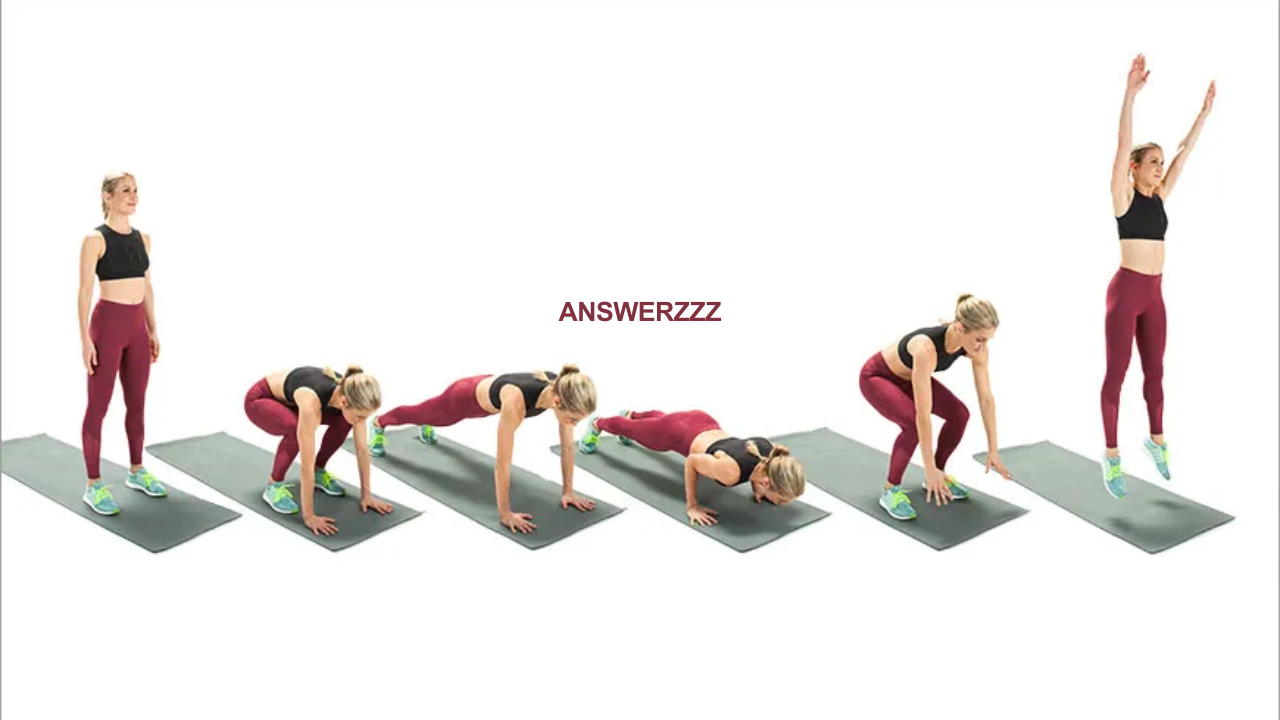Building a workout routine that becomes an integral part of your lifestyle can feel like an uphill battle. Many of us start strong, fueled by bursts of motivation, only to fall off the wagon weeks or even days later. The problem isn’t a lack of willpower—it’s often poor planning, unrealistic expectations, or a failure to integrate fitness into our daily lives in a sustainable way.
This guide will walk you through the essential steps to create a workout routine that doesn’t just get results but becomes a long-term habit you look forward to.
1. Understand Your “Why”
Before diving into sets and reps, it’s important to understand your motivation. Why do you want to work out?
- Define clear goals. Are you exercising to improve your overall health, build muscle, lose weight, relieve stress, or train for a specific event? Knowing your “why” will help guide your workout choices and keep you motivated when challenges arise.
- Connect with your values. For instance, if spending time with your kids is a priority, improving your fitness to keep up with them can provide a deeper sense of purpose.
Your motivation doesn’t have to stay static—it can evolve as you progress. But starting with a clear reason can help you stay anchored when your initial excitement wanes.

2. Set SMART Goals
Goals provide direction and a sense of achievement when met. However, vague aspirations like “get fit” or “work out more” can leave you feeling aimless. Instead, set SMART goals:
- Specific: Define exactly what you want to achieve. For example, “I want to run a 5K in 30 minutes.”
- Measurable: Track your progress with numbers (e.g., “lose 10 pounds” or “work out three times a week”).
- Achievable: Ensure your goal is realistic given your current fitness level and lifestyle.
- Relevant: Align your goals with your personal priorities and values.
- Time-bound: Give yourself a deadline, like completing your first 5K in three months.
Setting SMART goals can provide you with a roadmap and keep you accountable.
3. Choose Activities You Enjoy
One of the biggest reasons people abandon their workout routines is boredom or lack of enjoyment. If you dread every workout, it’s only a matter of time before you quit. To create a routine you’ll stick to:
- Experiment with different activities. Try yoga, weightlifting, cycling, swimming, dance classes, or martial arts to find something you genuinely enjoy.
- Incorporate variety. Mixing up your workouts not only keeps things exciting but also helps you work different muscle groups and avoid overuse injuries.
- Make it social. Exercising with friends, joining group classes, or participating in fitness challenges can make your workouts more fun and engaging.
Remember, consistency trumps intensity. A moderate workout you love is better than an intense regimen you dread.
4. Be Realistic About Your Schedule
Time is one of the most common barriers to fitness. Instead of trying to squeeze in unrealistic two-hour gym sessions, build a routine that fits your life:
- Audit your schedule. Take a hard look at your daily commitments and identify realistic time slots for exercise.
- Start small. Begin with short, manageable workouts—15 to 30 minutes, 2-3 times a week—and build from there.
- Use flexible options. Home workouts, lunchtime walks, or quick bodyweight circuits can save you travel time and make exercise more convenient.
By respecting your time constraints, you’ll set yourself up for success.
5. Build a Balanced Routine
A well-rounded workout routine should address all aspects of fitness: cardiovascular health, strength, flexibility, and recovery. Here’s how to structure your routine:

- Cardio: Aim for at least 150 minutes of moderate-intensity aerobic exercise per week, such as brisk walking, cycling, or jogging.
- Strength Training: Include 2-3 sessions per week targeting major muscle groups. This could involve weightlifting, resistance bands, or bodyweight exercises like push-ups and squats.
- Flexibility and Mobility: Incorporate stretching or yoga to improve your range of motion and prevent injuries.
- Rest Days: Schedule at least one or two rest days each week to allow your body to recover and repair.
Balancing these components ensures comprehensive fitness and reduces the risk of burnout.
6. Create a Plan and Track Progress
Planning your workouts in advance helps eliminate decision fatigue and increases the likelihood you’ll follow through. To stay organized:
- Use a calendar or app. Schedule your workouts like any other appointment.
- Write it down. Record your exercises, sets, reps, and weights in a journal or fitness app to track your progress.
- Set milestones. Celebrate small wins, like lifting a heavier weight, running a longer distance, or mastering a new yoga pose.
Tracking your progress can boost motivation and help you identify areas for improvement.
7. Prioritize Recovery
Recovery is a crucial but often overlooked part of fitness. Overtraining can lead to fatigue, injury, and burnout, derailing your progress. To recover effectively:
- Get enough sleep. Aim for 7-9 hours per night to allow your muscles to repair and your body to recharge.
- Stay hydrated. Water is essential for optimal performance and recovery.
- Fuel your body. Eat a balanced diet with sufficient protein, carbs, and healthy fats to support your energy needs.
- Incorporate active recovery. Light activities like walking, stretching, or foam rolling can enhance circulation and reduce muscle soreness.
Listening to your body and giving it the care it needs will help you stay consistent over the long term.
8. Overcome Mental Barriers
Building a new habit often comes with mental hurdles, like procrastination, self-doubt, or perfectionism. Here’s how to address them:
- Focus on the process. Instead of obsessing over outcomes, commit to showing up and doing your best each day.
- Embrace imperfection. Skipping one workout doesn’t mean you’ve failed. Get back on track without guilt.
- Use positive self-talk. Replace negative thoughts with empowering affirmations like, “I am strong and capable.”
- Visualize success. Imagine yourself achieving your fitness goals and enjoying the benefits of a healthier, more active lifestyle.
Your mindset can be one of the strongest tools in building a routine that sticks.
9. Find Accountability and Support
Accountability can significantly increase your chances of sticking to your routine. Consider:
- Workout buddies. Partnering with a friend can make exercise more enjoyable and keep you committed.
- Joining a community. Online forums, local fitness groups, or social media challenges can provide encouragement and inspiration.
- Hiring a coach. A personal trainer can create a tailored plan, correct your form, and keep you motivated.
- Sharing your goals. Letting friends or family know about your fitness plans can create a sense of accountability.
Having people in your corner makes the journey easier and more rewarding.

10. Adjust as Needed
Life happens, and rigid routines can’t always withstand unexpected changes. To maintain long-term consistency:
- Be flexible. If you miss a workout, reschedule it or make adjustments rather than abandoning your plan altogether.
- Reassess regularly. Evaluate your goals and progress every few months and make necessary tweaks to your routine.
- Adapt to seasons and circumstances. Whether it’s shifting to indoor workouts during winter or adjusting for a busy schedule, adaptability is key.
By staying open to change, you’ll be better equipped to navigate challenges and sustain your fitness journey.
11. Reward Yourself
Celebrating your achievements—big or small—can reinforce positive habits. Rewards don’t have to be extravagant:
- Treat yourself to new workout gear, a relaxing massage, or a favorite healthy meal.
- Mark milestones with non-food rewards, like a fun outing or a new book.
- Reflect on how far you’ve come and the benefits you’ve gained, such as increased energy or improved mood.
Positive reinforcement can help you stay motivated and enjoy the process.
12. Make It a Lifestyle, Not a Chore
The ultimate goal is to integrate fitness into your life in a way that feels natural and enjoyable. Some strategies include:
- Blend fitness with daily activities. Walk or bike to work, take the stairs, or play active games with your kids.
- Shift your identity. Instead of thinking, “I’m trying to work out,” see yourself as someone who prioritizes health and fitness.
- Celebrate movement. Focus on the joy and benefits of being active rather than viewing exercise as a punishment.
Managing Stress: Effective Techniques for a Healthier Mind and Body
When fitness becomes a part of who you are, it’s no longer a task to check off—it’s a way of life.
Building a workout routine that actually sticks requires a thoughtful approach. By understanding your motivations, setting realistic goals, finding enjoyable activities, and prioritizing consistency over perfection, you can create a sustainable fitness plan that fits seamlessly into your life.
Remember, progress takes time, and every step—no matter how small—brings you closer to your goals. Stay patient, stay consistent, and most importantly, enjoy the journey.



